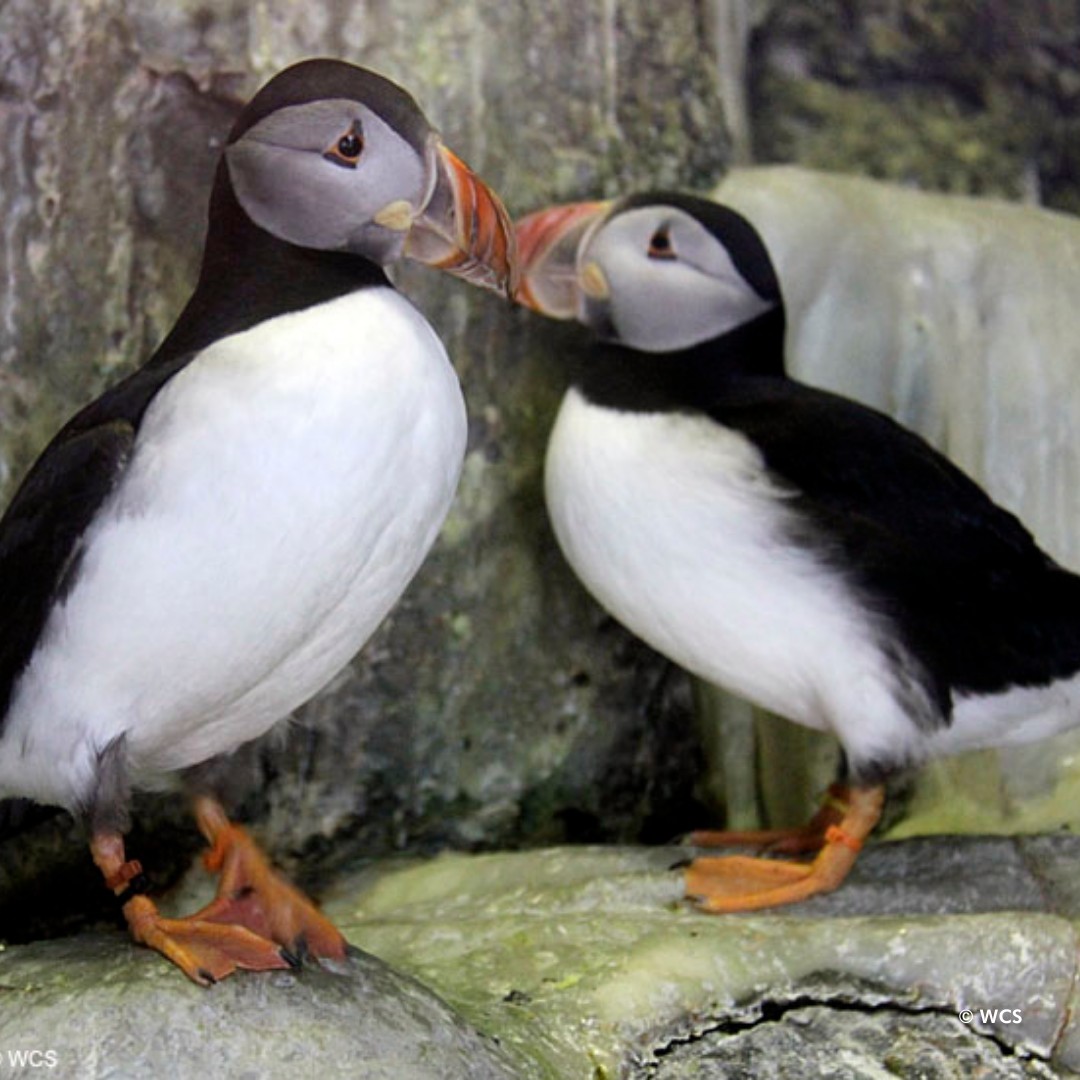- Habitat and lifestyle of Atlantic puffins, exploring how they adapt to life in the open ocean.
- Breeding behavior and the significance of land visits, focusing on their unique reproductive strategies.
- Challenges and threats, discussing both natural predators and human-induced hazards.
- Conservation efforts and strategies, highlighting successful programs and ongoing research.
- Role of zoological institutions and wildlife management in the protection and awareness of Atlantic puffins.
Atlantic puffins, known scientifically as Fratercula arctica, spend much of their life at sea, flying over the cold waters of the North Atlantic Ocean. These remarkable birds are well-adapted to an aquatic lifestyle, with bright, colorful beaks and unique wing-flapping abilities that enable them to hunt fish while "flying" underwater. Their time on the open ocean marks a critical adaptation, allowing them to avoid land-based predators and exploit abundant marine food resources.
These avian mariners are known for their remarkable ability to cover vast distances in search of food. Puffins have compact bodies that are built for both flying and swimming, thanks to their short wings and strong chest muscles. The ocean is a challenging environment, but puffins excel in its conditions. They feed mainly on small fish such as herring and sand eels, diving into chilly waters to capture prey with their specialized bills that can hold several fish at once.
During the breeding season, which occurs from late spring to early summer, Atlantic puffins return to land to nest on cliff edges and rocky burrows. This behavior is critical for reproduction. Their cliffside locations provide safety from many ground-based predators. Puffins usually mate for life, returning to the same mate and nesting site each year. Males often arrive at breeding sites first, preparing nests for their partners. This strong fidelity helps in conserving their energy for nurturing their young.
Once a suitable spot is selected, the pair excavates a burrow, laying one egg each season. Both parents deeply invest in incubating the egg, taking turns to keep it warm and safe from harm. After hatching, the chick, known as a "puffling," remains in the burrow, nurtured by both parents. The chick’s survival is heavily dependent on the parents’ ability to provide a steady supply of fish, a task that grows more challenging as fish stocks fluctuate.
Despite their adaptability, Atlantic puffins face numerous threats. Climate change has dramatically impacted their oceanic habitat, altering current fish distribution patterns and leading to food shortages. Overfishing exacerbates this issue by reducing available prey. Marine pollution presents additional hazards, as puffins can ingest or become entangled in waste. Furthermore, oil spills pose significant risks to their plumage, impairing their ability to fly and stay buoyant.
Conservation efforts are critical to ensure the survival of Atlantic puffins. Various international collaborations and local initiatives aim to mitigate threats. Sustainable fishing practices are being promoted to protect their food sources. In some regions, the installation of artificial nesting sites has been successful, providing safe havens for breeding. Educational programs raise awareness about puffin conservation and the broader environmental issues they face.
Zoological institutions play a pivotal role in puffin conservation, offering a window into their lives for the public. These organizations conduct research that informs conservation strategies. By studying puffins both in situ and ex situ, scientists can understand their needs better and simulate conditions for successful breeding in captivity. Raising awareness through educational exhibits helps build public support for conservation initiatives.
Atlantic puffins are emblematic of the intricate balance within marine ecosystems. Their plight underscores the necessity for holistic environmental policies and responsible stewardship of natural resources. To safeguard these charismatic seabirds, a concerted effort from governments, conservationists, researchers, and the general public is imperative. Such a collective endeavor ensures that future generations will continue to behold the spectacle of Atlantic puffins thriving in their natural habitat. This commitment is not just to protect a species, but also to cherish and preserve the vibrant legacy of life within our oceans.
*****
Source Description
Atlantic puffins spend the majority of their time in the open ocean, only coming to land to breed on rocky cliffs during the summer months.


